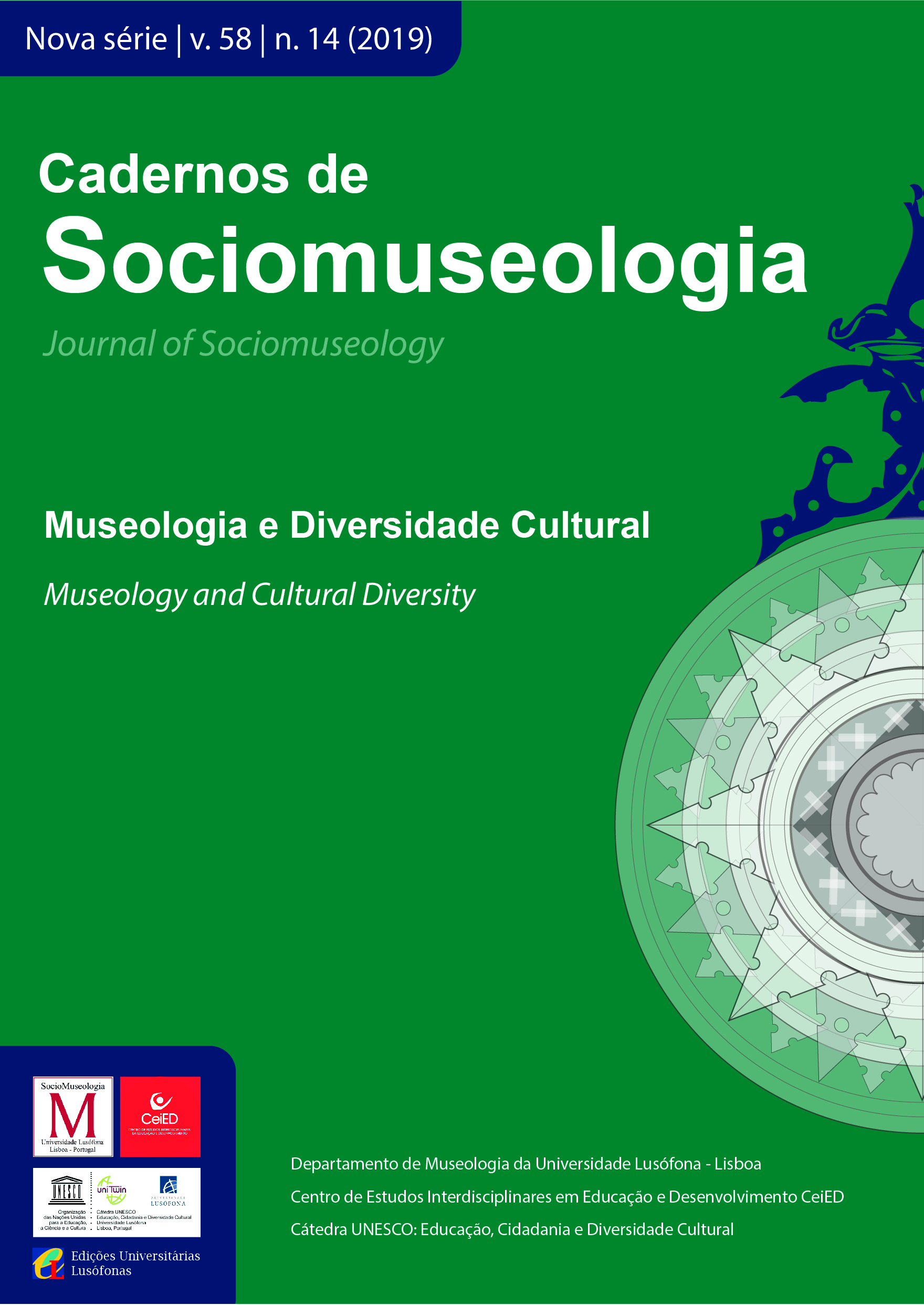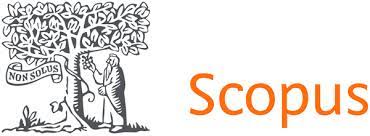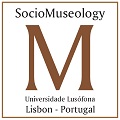The Indian Origin of Romani people as a Founding Myth in Eastern European Museums
Abstract
The article analyses three museums – the Muzeum Romské Kultury in Czech Republic, the Muzej Romské Kulture in Serbia, and the Roma Ethnographic Museum in Poland – can be considered as elements of the Romani Nationalism. The main objective is to reflect on how these museums support a broad narrative about a common Indian origin of Gypsy/Romani populations. It is discussed how the aforementioned museums – by means of their exhibitions, websites, events or other any kind of official production – support sets of representations which allow a formation of an umbrella rhetoric about the groups known, taken and self-ascribed as Gypsies and/or Roma. The said rhetoric, then, is able to shelter all different groups within this population in a holistic manner, based on a narrative formed by essentializations, exoticizations and generalizations. The utmost layer of such practices it is an elaboration of a founding myth of their Indian Origins. This paper understands throughout that museums have a role in the process in which the concept of Roma is generalized in an attempt to rewrite and relabel Gypsy memory as a Roma history. Hence, considering the plurality that characterise the Gypsy/Romani people, it was necessary to articulate common aspects – whether truthful or not, is not the target of this article to discuss – which would legitimise this new identity, a Roma identity. This paper relies on the theories about memory, museology, sociomuseology, and the theory of representations.
Key-words: Gypsy/Roma; Museums; Indian Origins; Nationalism.
Downloads
Authors retain copyright and grant the journal right of first publication with the work simultaneously licensed under aCreative Commons Attribution License that allows others to share the work with an acknowledgement of the work's authorship and initial publication in this journal.













